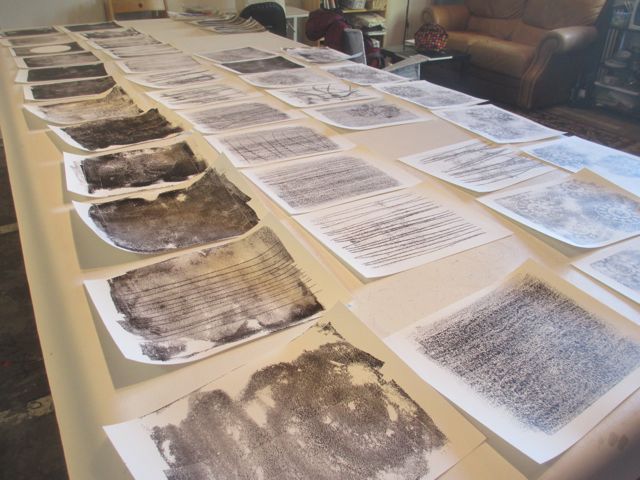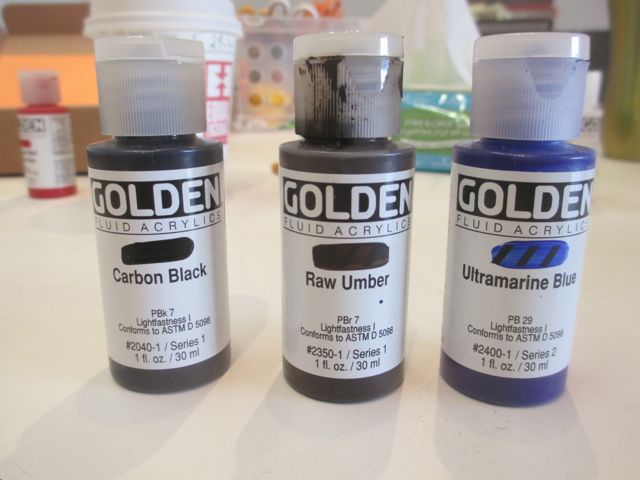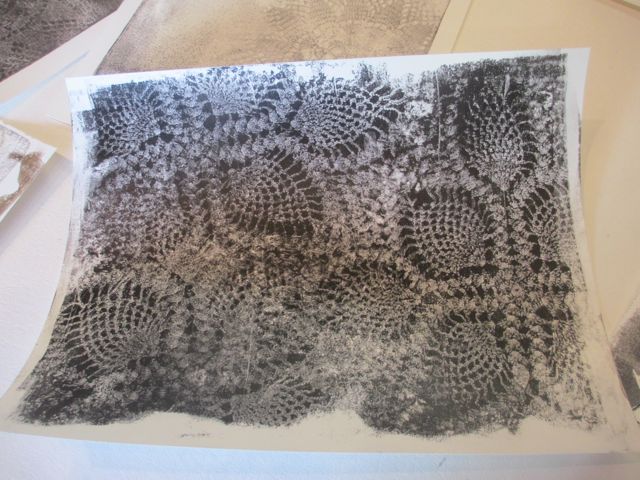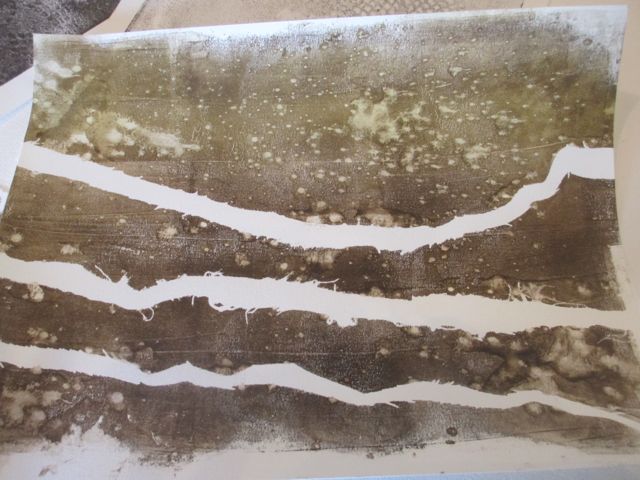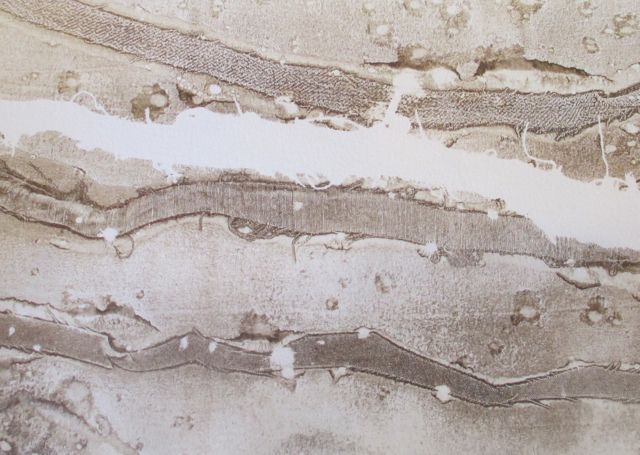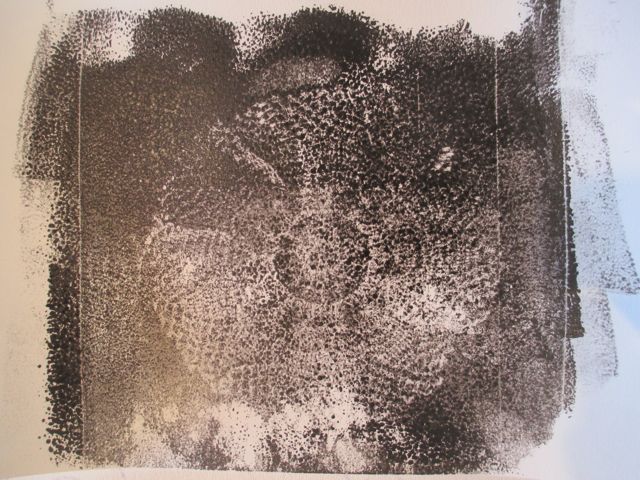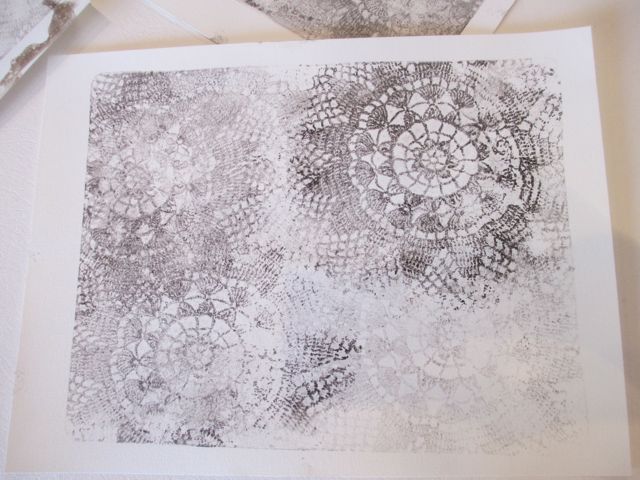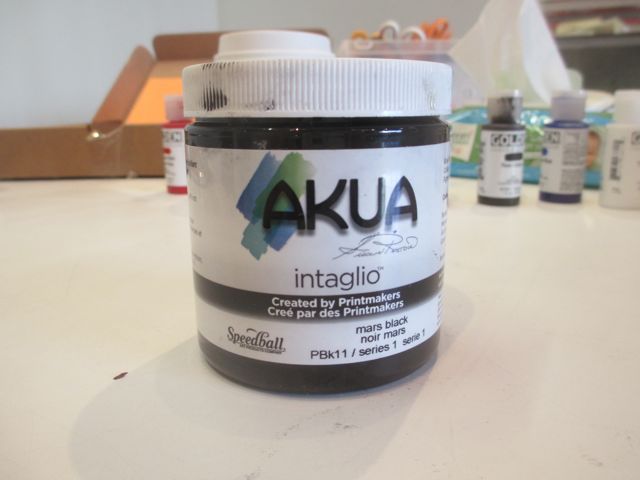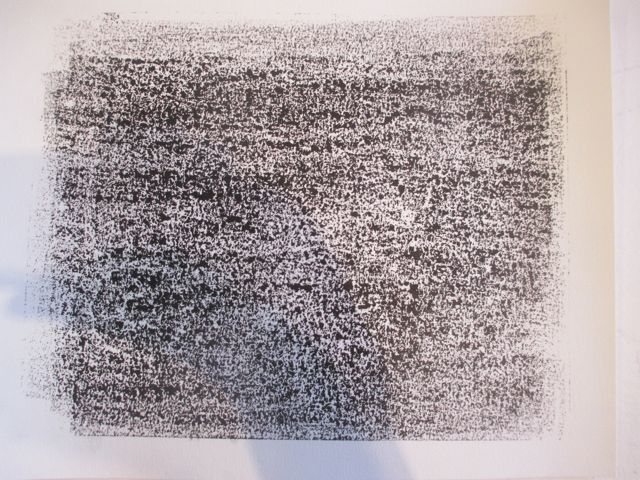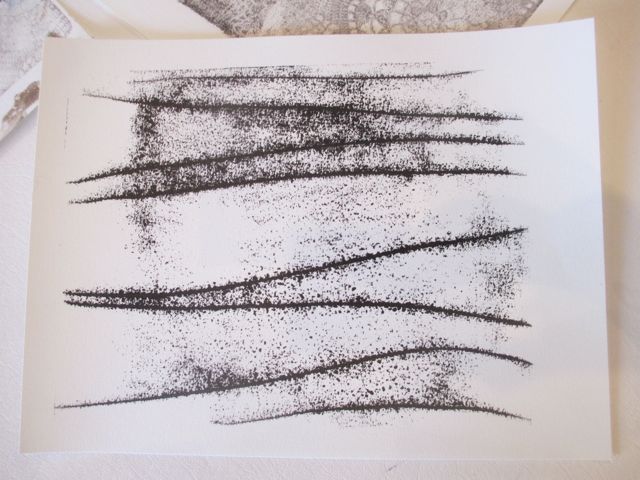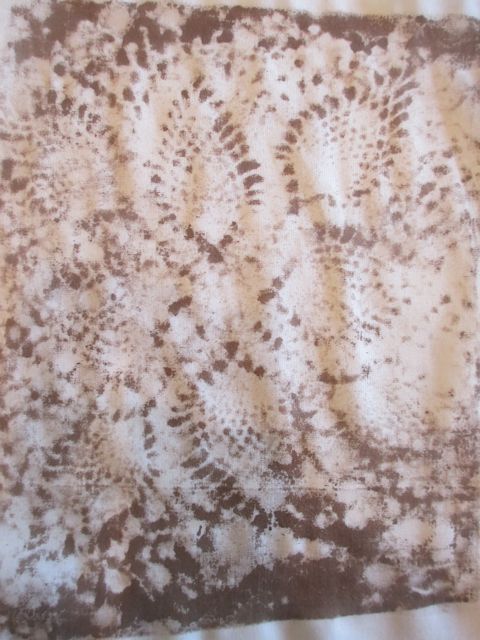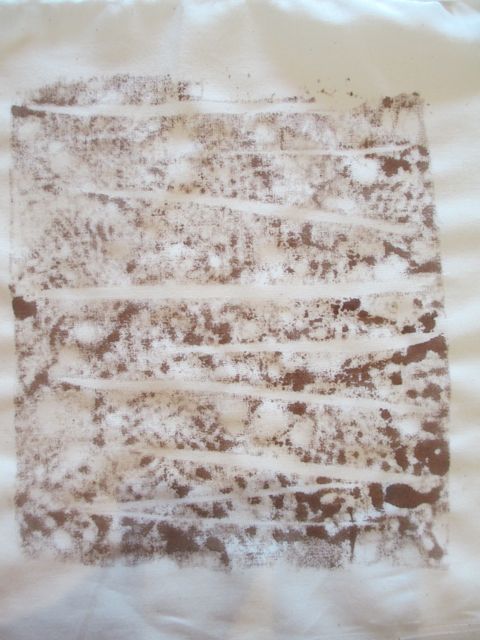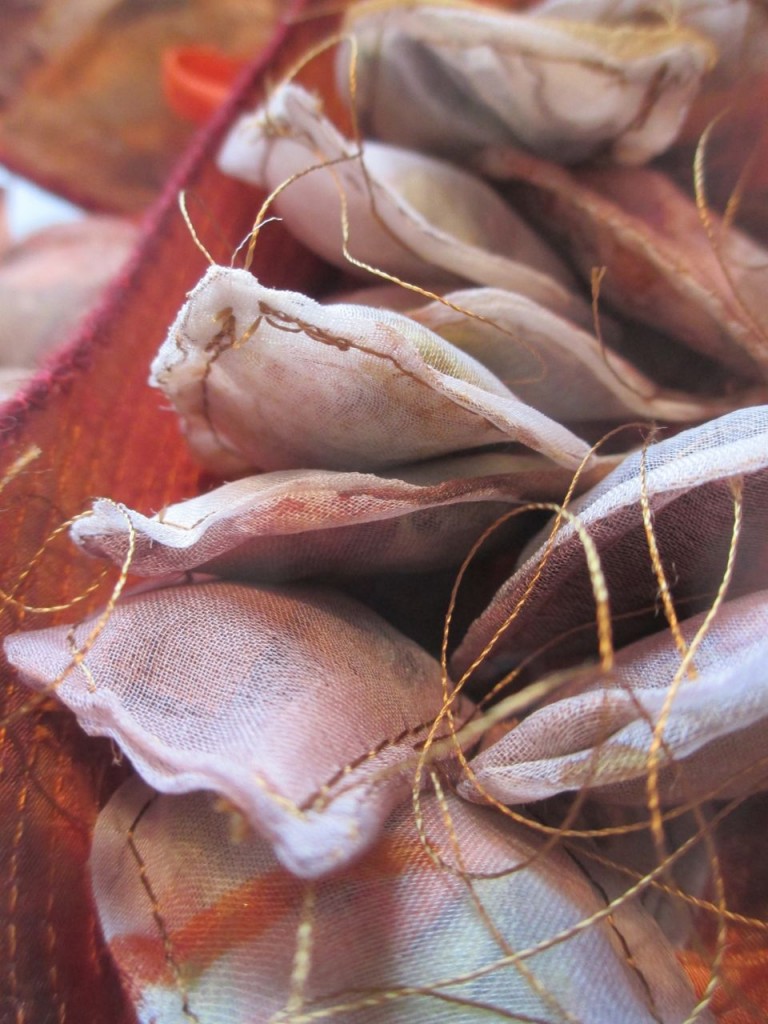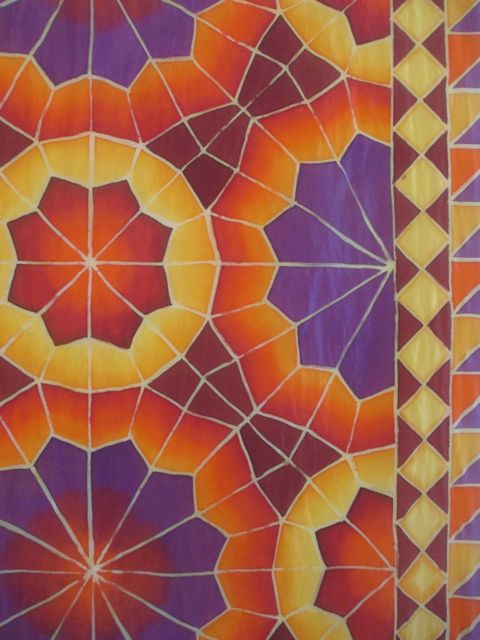
The Temple of Dendur at The Met
I got back a couple days ago from New York City. The impetus for the trip was to see the Matisse Cut Paper show that had traveled from the Tate in London. It was fun to be in the big city. My travel companions through four museums, multiple galleries and neighborhoods, and some adventurous eating were my husband and my 16-year-old daughter.
Firstly, Henri Matisse: The Cut Outs did not disappoint. It actually exceeded my expectations. Unfortunately, but not surprisingly, photography was not allowed in the exhibition. I would have loved to capture images of the meticulously layered works, but not having my camera forced me to be in the moment and let the works in through my eyes. It was fascinating to see how Matisse, often through the hands of his assistants, layered small pieces of colored paper over a larger shape changing the shapes fractionally until they were right. According to wall text, when working on the Blue Nudes he labored over the first one, Blue Nude #4, for days to get it right. The deceptively simple shapes of the composition are made up of many small bits of colored paper. Getting that perfection then apparently loosened his hand. The other three Blue Nudes in the exhibition appear effortless, each shape flowing from a single cut.
It’s amazing to think about what an innovator Matisse was, that this way of working hadn’t been done before, or at least not as finished art. The freshness and the vigor of the artist come through when seeing the works in person. Multiple pinholes are visible in the paper, a testament to the artist’s thought and process. There is a dimensionality in the layers of the papers, wrinkles and edges, that can’t be seen in reproduction. Go if you can! The exhibition is at MoMA until February 8, 2015.

10/27/69 by Sam Gillian
After spending an hour-and-a-half in the Matisse exhibit, we wandered some through MoMA. I was particularly drawn, big surprise, to those artists who were working with fiber-based media and taking it from 2-d into 3-d. This painting on canvas by Sam Gilliam from 1969 becomes sculpture by the act of gathering and tying the material. Canvas is fabric, fabric is dimensional.
The next day we walked the High Line and visited some galleries in Chelsea. Even though I hadn’t done my homework on which galleries to see, we struck gold. Three that stood out were El Anatsui at Jack Shainman, Shea Hembrey at Bryce Wolkowitz, and Kwang Young Chun at Hasted Kraeutler.

piece by El Anatsui at Jack Shainman Gallery

detail of El Anatsui piece showing the intricate shaping and tying of mundane materials–the metal wrappers of alcohol bottles.
At Jack Shainman, El Anatsui’s show, Trains of Thought, showed six large pieces, including one piece that was free-standing rather than wall-hung. The large pieces sparked with energy and intention.

Shea Hembrey: Multiverses, installation shot at Bryce Wolkowitz
Shea Hembrey: Multiverses at Bryce Wolkowitz was presented as the work of five artists working in different media and curated by Hembrey. In actuality, each “artist” in this compelling show of paintings and sculpture was a persona of the curator, a fact stated only on the last page of the show’s catalog. Although I didn’t know it when I viewed the show, I had a keen sense of the interplay and through-lines of the works, and interestingly, responded more to some pieces than others. It brings up issues I’ve talked about with other artists, about being defined and hemmed in by success with one media or style. Perhaps the answer is for all of us to become five artists instead!

Kwang Young Chun at Hasted Krauetler Gallery
 The Kwang Young Chun show at Hasted Kraeutler blew my mind. The 70-year-old Korean artist creates dynamic, labor-intensive works that blur the line between painting and sculpture, between two- and three-dimensions. Triangles of polystyrene are wrapped with Korean mulberry paper and tied, then affixed and painted to create layered fantastic landscapes. The interplay of dimension and color-field were mesmerizing and compelling.
The Kwang Young Chun show at Hasted Kraeutler blew my mind. The 70-year-old Korean artist creates dynamic, labor-intensive works that blur the line between painting and sculpture, between two- and three-dimensions. Triangles of polystyrene are wrapped with Korean mulberry paper and tied, then affixed and painted to create layered fantastic landscapes. The interplay of dimension and color-field were mesmerizing and compelling.
On our last day we visited the Metropolitan Museum of Art and saw Death Becomes Her, a show of 18th and 19th Century mourning clothes. It was beautiful and somber, the stories and culture as interesting as the design and workmanship of the clothing. It’s crazy to just have two hours to spend at the Met, but that’s what we had. We zoomed through a odd collection of greatest hits and spent time looking at the musical instruments for the musicians in the family.

installation view, Death Becomes Her at The Met
In all, we visited the Museum of Art and Design (and lucked into being at the opening of New Territories, art and design from Latin America), Museum of Modern Art, The American Museum of Natural History, the Metropolitan Museum of Art, and a number of galleries in Chelsea. Add in walks through Times Square, Chinatown, the Lower East Side, Central Park, and Little Italy. It was a thrilling, exhausting, and inspiring three days!
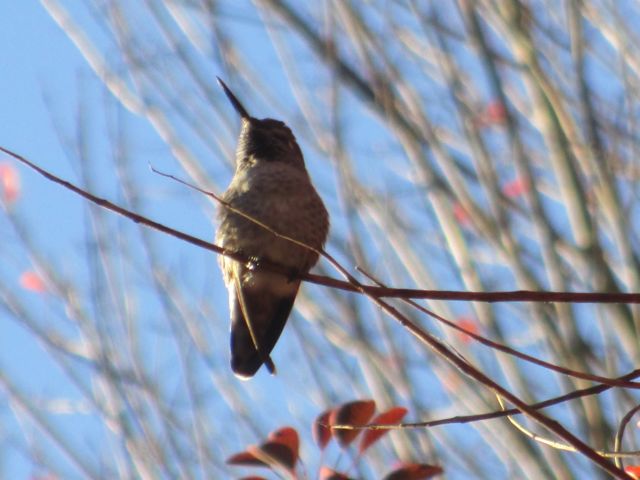 Here we are, poised on the edge of the new year. It’s a time for reflection, for taking a deep breath, looking back and looking forward.
Here we are, poised on the edge of the new year. It’s a time for reflection, for taking a deep breath, looking back and looking forward.




